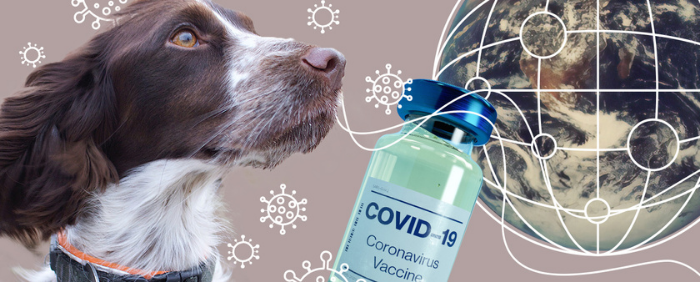Working as a product design engineer I get to enjoy blending creativity, technology, and empathy. I personally enjoy this most when I get to solve real-world problems and certainly take inspiration from seeing others doing so. Most rewarding is when a project you’ve worked on creates a form of positive impact, helping someone or making their life a little bit better. I’ve been privileged to work with a range of clients who have presented some really exciting challenges, covering everything from IoT products to healthcare devices, each with their own complexities.
In my career so far I have worked on a variety of projects, including innovative packaging, furniture, IoT products, disability aids, and healthcare devices. No matter how similar a project is to a previous one it seems like there is always something new to learn.
Innovation in Healthcare.
An area of interest for me has been the variety of methods and technologies used to diagnose medical conditions.
We recently worked on a project for the early diagnosis of debilitating hearing conditions such as noise-induced hearing loss. Through a handset unit with earphones, the design challenge was how to package this into a user friendly and intuitive product. Translating complex technology into something simple, understandable, and user-centric.
I recall a fascinating project I worked on in a previous role which involved creating a new form of testing equipment to aid with non-invasive diagnosis of cancer and other life-threatening diseases. Amazingly, dogs have been shown to be capable of detecting volatile molecules associated with disease, which are released in patients’ urine, breath, and sweat. I helped to develop a system that enables trained dogs to effectively screen samples by moving across a screened carousel which presented samples from patients. The dogs could then detect and identify samples matching the disease they’re trained to look for.
Strange Times Interesting ideas
Whilst these are indeed strange times it seems like a great time for creativity: from small ideas like aesthetically pleasing masks that may encourage someone to wear them more often, to the plethora of systems being developed for remote communication and working, to big ideas like different technologies for vaccines… There have also been some extraordinary suggestions for treatments, some arising from the unlikeliest of sources…
- Some innovations hark back to earlier days, such as drive-in movies and concerts, and this concept has been extended to the notion of drive-in medical clinics.
- Robots have been developed that use UVC to disinfect spaces, aiming to reduce the risk of infections. And it is likely that we will see a rise in the use of robots in many other sectors where humans are not required.
- Even NASA has become involved, with ideas for a vibrating necklace that warns you against touching your face.
Many of these innovative ideas focus on changing behaviour through innovative human-centric design. A good example is the creation of 3D-printed devices that can be attached to door handles to allow them to be opened without the use of hands, with the aim to help prevent the spread of the coronavirus.
Sniffer Dogs for Covid
When the Covid pandemic erupted my mind went back to the bio-detection dogs I’d previously seen in action. Surely if these dogs could be trained to detect various diseases, they could also be trained to detect Covid-19? Fast forward to the end of 2020 and it turns out there have been several promising pieces of research into the ability of bio-detection dogs to detect Covid-19. A dog needs only 10-100 particles of SARS-CoV-2 to identify the virus. There have been a range of trials, most promisingly a pilot study recently run at Helsinki-Vantaa airport, which showed that dogs can detect infected subjects with almost 100% accuracy. They could also detect the virus before individuals began to experience any symptoms.
Whilst this and other ideas may seem somewhat unusual or quirky on the surface, it is often the unusual ideas that lead to real innovation. Perhaps the current pandemic will provide a real stimulus to some innovative but practical ideas?

